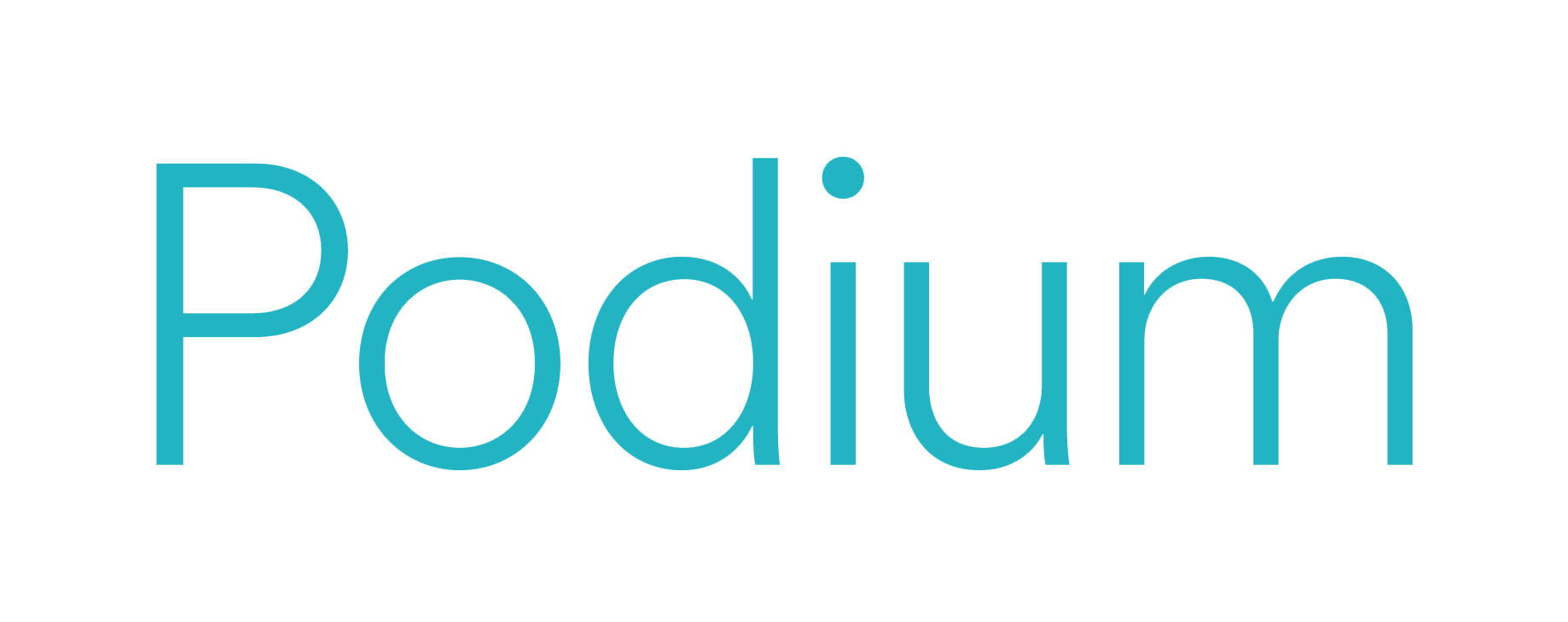
Opinion Piece - The Opportunity Of Trans-Pacific Partnership
- 17 Dec 2021
- by
- Lendlease Podium
In 1848, 11,000 plucky Australians sailed for California to join the gold miners and entrepreneurs amassing their fortunes in the newly minted Golden State. A couple of years later, back on the other side of the Pacific, the yet-to-be-named Australia struck gold also. And with it, many of the same Australians who moved to California headed home again – taking with them new mining innovations and new ways of doing business.
And a relationship of common understanding and shared value was born.
Jump forward 170 years and technology, talent and research have replaced gold as the world’s most valuable resources. And Silicon Valley is, arguably, the epicentre for all three. A new AMCHAM commissioned report penned by San Francisco’s Bay Area Council carefully analyses both the historical relationship between the region and Australia – as well as the opportunities for growth.
The US and Australia enjoy an AUD$81 billion two-way trade relationship and have made over AUD$1.8 trillion in reciprocal investments. In fact, the US is the leading foreign country investor in Australia, representing 25.6 per cent of Australia’s inward foreign investment and contributes 7 per cent to our GDP. US companies headquartered in Australia employ more than 32,000 people locally and have invested in excess of AUD$1 billion in R&D.
So how do we build on this already impressive set of numbers?
The new economy is innovation. However, while 75 per cent of companies are driving innovation projects to improve internal business processes, only 8.4 per cent of Aussie organisations are creating and commercialising new innovation for global scale. Growing innovation at scale represents future economic growth and a shift in dependency from legacy exports such as resources to high-value, high-growth segments.
Lendlease is a great example of this strategy in action. Early this year, we established our office in Silicon Valley, partnering with Silicon Valley based technology giants to help us digitise the property and construction industries. Alone, we had a vision. Together, we have a plan to accelerate and grow. We’ve also recently launched our digital product and services portfolio, Lendlease Podium. And in September we launched our vision for autonomous buildings to the world. Bringing more than 60 years of domain knowledge, and partnering with tech giants based in the Bay Area, is a practical example of how Australia can lead innovation and diversify our investment mix.
Similarly, while we’re all familiar with Telstra and its Australian operations, not many are aware the company has a dedicated team based in the Bay Area. By partnering with US tech firms, Telstra is providing high capacity, resilient and secure cross border telecommunications enabling scale into the Asia Pacific region. Australian businesses are also increasingly turning to the Bay Area for venture capital. Canva, a design platform for non-designers, recently closed $60 million in funding on a $6 billion valuation from VC companies including Sequoia. Australian fintech, Afterpay, also turned to the Bay Area for financing – and now support 15,000 brands and 5 million users in the US.
R&D is also a strong theme. Australian agricultural seed company, Nuseed, have set up a research facility in the Bay Area. And our universities, including UTS and Monash, are partnering with Bay Area academic institutions. This collaboration enables talent development, shared research, and accelerates commercialisation of new protypes to the market. The E-3 Visa is reserved for Australians with specialist technology and research skills, and is further enabling improved scale and sharing of talent. Australian start-ups looking for a leg-up in the Bay Area are supported heavily by Austrade who run Landing Pad, a US-based accelerator program. More than 90 companies have already tapped this centre for its expertise and connections.
Finally, the Bay Area is increasingly turning to Australia as its Asia Pacific headquarter base. With our sound economy, industry leadership and STEM talent nurtured by world class universities, the business case is compelling. US tech firms now employ more than 325,000 people in Australia – including the likes of Google, Tesla, Salesforce, Oracle, Facebook, Square and Boeing. And Bay Area venture capitalists such as Sequia Capital and Accel continue to expand their presence in Australia.
Australia and the Bay Area share values, talent, knowledge and a healthy determination to change the world for good. Just as we did together in 1848, we continue our quest for gold. This time the gold is talent, knowledge and the ever present entrepreneurial spirit that shines through.
